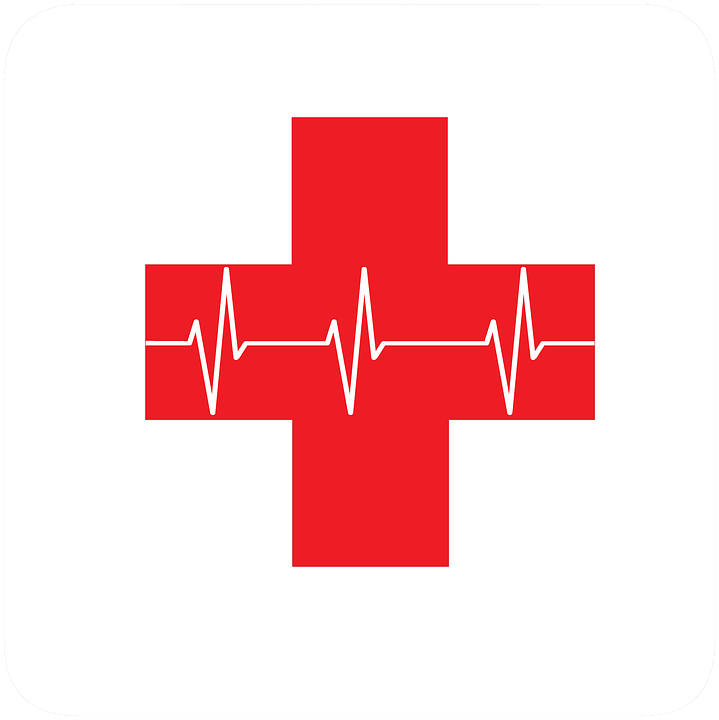How the Procedure is Performed
Two electrode pads connected to the defribrillator are placed onto the front of the patient’s chest (or front and back) and the cardiac rhythm is monitored on the ECG (electrocardiogram). A selected electrical current (usually biphasic) is selected and the timing of the shock decided upon – usually synchronised with the R wave of the ECG. The patient is usually sedated for comfort, and when ready, everyone stands clear of the patient whilst the shock is delivered. Sometimes more than one shock, at higher energies are required.
Book your health appointments online
Find and instantly book your next health appointment with Healthengine
Medical Conditions and Symptoms
Any of the following abnormal heart rhythms may be treated with electrical cardioversion:
- Ventricular tachycardia (VT)
- Supraventricular tachycardia (SVT)
- Atrial fibrillation (AF)
- Ventricular fibrillation (VF)
- Atrial flutter
Recovery and Rehabilitation
This depends on the underlying cardiac condition. Cardioversion in itself is not a major procedure and can be done in a day procedure unit, in the case of non life-theatening arrhythmias.
Related Specialists
Related Procedures
- Medical (pharmacologic) cardioversion
- Transcutaneous Pacing
Related Tests
Also Known As
- DC (Direct Current) cardioversion
- “Shocking” a patient
- Cardioversion
- Electrical cardioversion
Links
A: Use HealthEngine to find and book your next GP appointment. Click on the following locations to find a GP clinic in your state or territory.
This article is for informational purposes only and should not be taken as medical advice. If in doubt, HealthEngine recommends consulting with a registered health practitioner.
All content and media on the HealthEngine Blog is created and published online for informational purposes only. It is not intended to be a substitute for professional medical advice and should not be relied on as health or personal advice. Always seek the guidance of your doctor or other qualified health professional with any questions you may have regarding your health or a medical condition. Never disregard the advice of a medical professional, or delay in seeking it because of something you have read on this Website. If you think you may have a medical emergency, call your doctor, go to the nearest hospital emergency department, or call the emergency services immediately.








